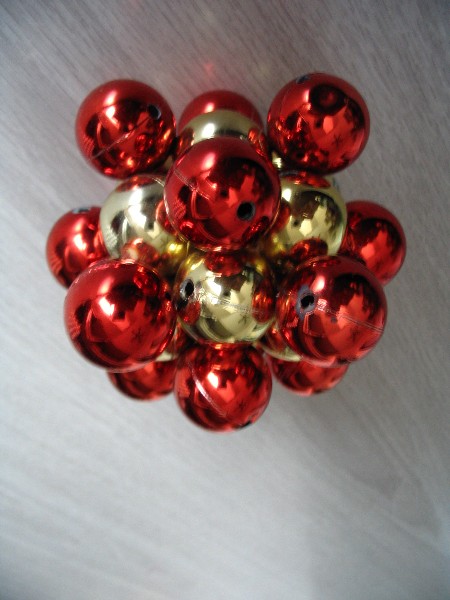
Quantum Vacuum Engineering
Over-Unity Electrical Generators
Based on compelling evidence drawn from Quantum field theory dealing with the energetic nature of space, and foundational aspects of the Hydreno atomic model, it has become quite obvious that the magnetic field energy flowing continuously through any permanent magnet can be utilized to provide continuous rotation of permanent magnet motors. Magnet fields can also be manipulated using various novel means to provide far more electrical power from an induction coil than that required to oscillate the magnetic field.
Other generator concepts incorporating novel Inductive-capacitive (LC) resonance and electronic circuits, have also been developed by independent inventors around the world. Overunity generators are intended to provide economical, environmentally sound alternatives to existing generator technologies, eliminating the need for expensive conventional fuel sources and their foul emissions.
Principles of Operation:
Overunity electrical generators typically require less power for their operating cycle than they produce. The excess power is effectively drawn from a coherence of ZPE from the local energetic vacuum of space through various non-linear, asymmetric effects produced by the generator which usually employs permanent magnets. Excess power is possible based on the realization that the force produced by a magnetic field is due to a continuous, coherent flow of ZPE from the vacuum produced by the oriented magnetic fields of the electrons of the individual atoms of the magnetic material.
In effect the permanent magnet provides a "channel" through which the energy of the vacuum flows analogous to water flow in a river. The magnet itself is not the source of the energy it is only a channel through which energy flows. Indeed, all forces dynamic or otherwise are produced from a continuous flow of energy from the vacuum according to the Hydreno Atomic model.
The continuous energy flow through the magnet is typically shuttled in a cyclic manner through a stationary induction winding to produce alternating current using novel methods to oscillate the field of the permanent magnet. This shuttling operation must incorporate complex non-linear or asymmetric transients to avoid back EMF effects that would normally prevent excess power output - as is the case for all conventional generators.
Resonant LC and electronic circuits are also capable of producing excess power by employing asymmetric, phase shifted electromagnetic fields and forces that permit the output components to power a load without a simultaneous draw on the input supply. This is evidently due to non-linear transients that effectively decouple the input and output signals for short periods of time during each cycle, effectively powering the load from the non-equilibrium transient of the matter-vacuum interaction.
Directory Of Overunity Electrical Generators:
Here you will find a growing list of information and links to other sites dealing with the subject of overunity electrical generators such as the MEG. In the absence of active links, just perform your own search using the terms provided.
¨ Motionless Electromagnetic Generator (MEG)
¨ Stationary Armature Generator (SAG)
¨ Bedini Time Energy Pump (TEP)
¨ Low Inertia Armature Generator (LIAG)
¨ Humming Bird Generator (D. Lee)
¨ Henry Moray Radiant Energy
¨ Tewari Space Power Generator
¨ Lutec 1000 Motor-Generator
¨ Sweet Vacuum Triode
¨ Testatika Machine
To assist in the development and application of overunity generators, interested Investors are advised to contact the proponents directly.
© 2006 - 2008
Science & Engineering - Out of the Box
QVE DIRECTORY

Aluminum Nucleus
LNH ATOMIC MODEL
LNH ATOMIC MODEL
Updated Jan 21/12

































